An alloy is a material composed of two or more metallic elements, or a combination of metallic and non-metallic elements, fused together to create a new substance with distinct physical and chemical properties different from those of its constituent metals. Our company has the various alloy for sale, and the solution is customerized for you.
History of Alloys
The history of alloy spans over five millennia. Initially, native metals and alloys were used, followed by the accidental discovery of arsenical bronzes. Over time, numerous combinations of alloying elements were tried, leading to the development of alloy steels and superalloys. A revolutionary step occurred with the advent of multicomponent high-entropy alloys in recent decades. Huaxiao Metal Manufacturer is professional, as a distributer, we have the assurance.
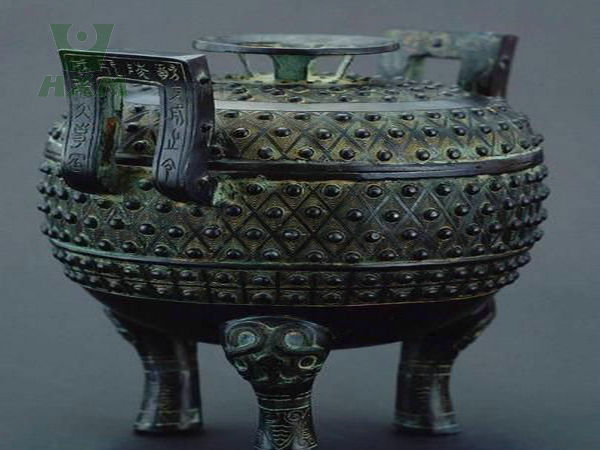
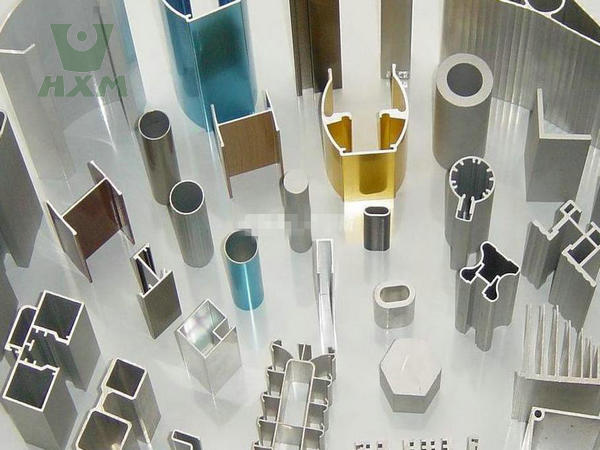

We have a large amount of high-quality alloy inventory ready for shipment, please request a quote immediately.
The Composition of Alloys
| Alloy Grade | Major Elements and Their Composition (%) |
|---|---|
| 6063 | Si: 0.2-0.6, Fe: 0.35, Cu: 0.1, Mn: 0.1, Mg: 0.45-0.9, Cr:<0.1, Zn:<0.1, Ti:<0.1, Zr:<0.05, Other:<0.15, Residual Aluminum: Balance |
| 6061 | Si: 0.4-0.8, Fe: 0.7, Cu: 0.15-0.4, Mn: 0.15, Mg: 0.8-1.2, Cr: 0.04-0.35, Ni:<0.1, Zn:<0.25, Ti:<0.15, Zr:<0.05, Other:<0.15, Residual Aluminum: Balance |
| 6005 | Si: 0.6-0.9, Fe: 0.35, Cu: 0.1, Mn: 0.1, Mg: 0.4-0.6, Cr:<0.1, Zn:<0.1, Ti:<0.1, Zr:<0.05, Other:<0.15, Residual Aluminum: Balance |
| 5A02 | Al-Mg alloy with significant Mg content, specific composition may vary |
| 5A05 | Al-Mg alloy with Mg as the primary alloying element, specific composition may vary |
| 2A12 | Cu: 3.8-4.9, Mg: 1.2-1.8, Mn: 0.3-0.9, Fe:<0.5, Si:<0.5, Zn:<0.3, Cr:<0.1, Ti:<0.15, Other:<0.15, Residual Aluminum: Balance |
The Properties of Alloys
Physical Properties of Alloy
| Alloy Type | Density (g/cm³) | Elastic Modulus (GPa) | Thermal Conductivity (W/mK) | Coefficient of Thermal Expansion (10^-6/°C) | Melting Point (°C) |
|---|---|---|---|---|---|
| Aluminum Alloy 6061 | 2.7 | 70-80 | 160-200 | 23.6 | 600-660 |
| Brass (Cu-Zn Alloy) | 8.4-8.7 | 100-130 | 109-121 | 17.5 | 890-950 |
| Bronze (Cu-Sn Alloy) | 8.5-8.8 | 110-130 | 70-100 | 17-19 | 800-950 |
| Stainless Steel 304 | 7.93 | 190-210 | 14-30 | 17.3 | 1400-1450 |
| Nickel-Chromium Alloy (Inconel 600) | 8.44 | 200-220 | 12.5-16.5 | 13.3 | 1300-1370 |
| Titanium Alloy (Ti-6Al-4V) | 4.5 | 110-120 | 7-9 | 8.6 | 1600-1650 |
Our company have a large amount of high-quality alloy inventory ready for shipment, please request a quote immediately.
Mechanical Properties of Alloy
| Alloy Type | Tensile Strength (MPa) | Yield Strength (MPa) | Elongation (%) | Hardness (HB) |
|---|---|---|---|---|
| Aluminum Alloy 6061-T6 | 276-311 | 241 | 12-20 | 60-70 |
| Brass (Cu-30%Zn) | 340-470 | 200-300 | 10-35 | 80-120 |
| Bronze (Cu-10%Sn) | 300-400 | 150-250 | 5-20 | 70-110 |
| Stainless Steel 304 | 500-700 | 205 | 30-40 | 187 |
| Nickel-Chromium Alloy (Inconel 600) | 620-820 | 240-415 | 30-40 | – |
| Titanium Alloy (Ti-6Al-4V) | 890-980 | 790-860 | 10-15 | 310-360 |
We have a large amount of high-quality alloy inventory ready for shipment, please request a quote immediately.
Features of Alloys
Strength and Hardness: Alloy often exhibit higher strength and hardness compared to their constituent pure metals. This is due to the solid solution strengthening, precipitation hardening, and grain refinement effects that occur when alloying elements are added.
Corrosion Resistance: Many alloy, such as stainless steels and nickel-based alloys, are designed to resist corrosion in specific environments. The addition of chromium, nickel, molybdenum, and other elements can significantly enhance corrosion resistance.
Thermal Conductivity and Electrical Conductivity: The thermal and electrical conductivity of alloy can vary depending on their composition. Some alloys, such as copper-based alloys, are known for their high electrical conductivity, while others, like aluminum alloys, have good thermal conductivity.
Ductility and Toughness: Alloys can exhibit a range of ductility and toughness. Ductile alloy can undergo significant plastic deformation without fracturing, while tough alloy can absorb a large amount of energy before failing. The balance between these properties depends on the alloy composition and processing methods.
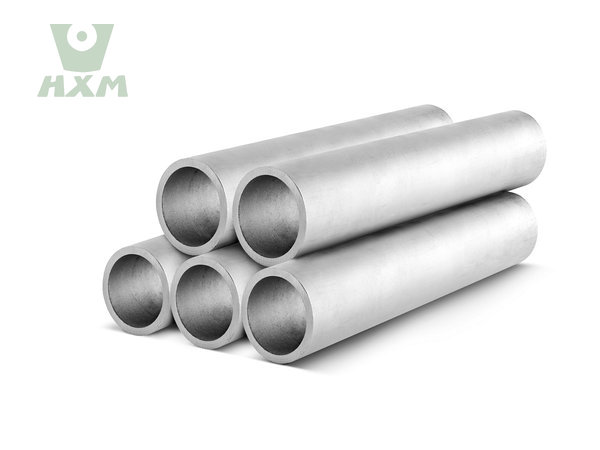
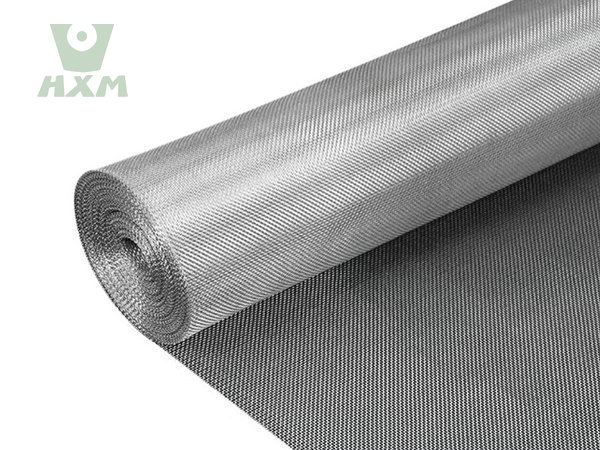
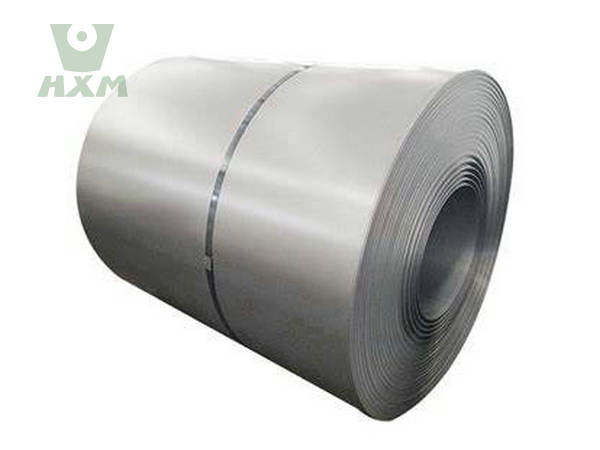
- Melting Point: The melting point of an alloy is typically lower than that of its constituent pure metals due to the lattice distortions caused by alloying elements. However, some alloys, such as nickel-based superalloy, are designed to have high melting points for specific applications.
Density: The density of an alloy can vary depending on its composition. For example, aluminum alloy is lightweight, while tungsten-based alloy is dense.
Weldability and Fabricability: The ability to weld or fabricate an alloy depends on its composition and microstructure. Some alloy is easier to weld and form than others, and specific welding techniques and parameters may be required for different alloy.
Cost: The cost of an alloy can vary widely depending on its composition, availability of raw materials, and processing methods. Some alloy, such as titanium alloy, is relatively expensive due to their scarcity and complex processing requirements.
We have a large amount of high-quality alloy inventory ready for shipment, please request a quote immediately. Our service is customerized for erery customer and the produce is public and fast about alloy products in line.
Types of alloys Alloy Examples
1. Nickel-Based Alloy
- Inconel: A nickel-chromium-based alloy with high corrosion and heat resistance. It is used in extreme environments such as jet engines and chemical processing equipment.
- Hastelloy: A nickel-based alloy with excellent corrosion resistance in both oxidizing and reducing environments. It is used in chemical processing, pollution control, and oil and gas industries.
- Incoloy: Incoloy refers to a series of nickel-based alloys primarily alloyed with chromium, known for their exceptional corrosion resistance, high-temperature strength, and good processing properties.
- Monel: Monel alloy is a high-strength, corrosion-resistant nickel-copper alloy, often containing additional elements, widely used in industries due to its excellent mechanical properties and chemical stability.
2. Titanium-Based Alloy
- Titanium Alloy: These alloys contain titanium combined with elements such as aluminum, vanadium, and molybdenum. Titanium alloys are strong, lightweight, and corrosion-resistant. They are used in aerospace, medical, and marine applications. Examples include titanium alloy Ti-6Al-4V, which is widely used in aerospace components.
3. Precision Alloy
- Precision Alloy: Precision alloy is a specialized type of alloy designed for applications requiring precise physical, electrical, or magnetic properties.
How Are Alloys Made?
Alloy is made through the process of alloying, which involves combining two or more metallic elements, including at least one metal, in precise proportions. This can be achieved by either mixing molten metals or metal powders. The metals used in alloys can vary widely, such as copper, aluminum, iron, nickel, titanium, and many others. Additionally, non-metals like carbon and silicon can also be incorporated into the alloy composition. The desired elements are melted or mixed together under controlled conditions to ensure the desired alloy composition and properties are achieved.
Huaxiao Metal Supplier has the over 10 years in producing alloy, which our company have ourselves alloy factory and the quality is good and delivery is fast, welcome to inquiry and ask for some solutions about any alloy questions.
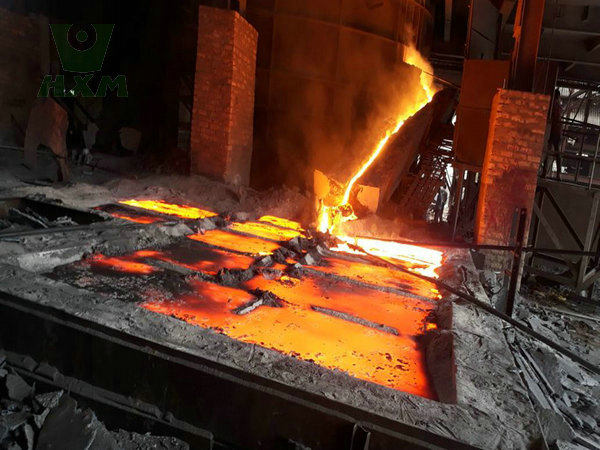
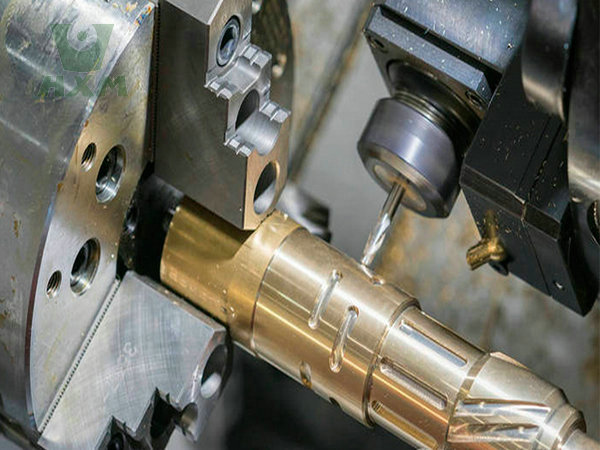
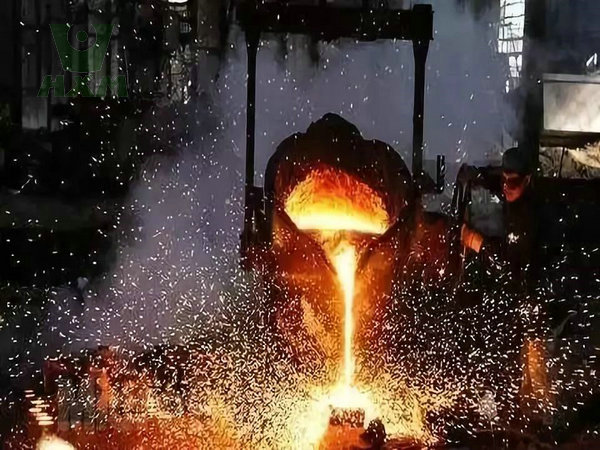
Other Benefits of Alloyed Materials in Manufacturing
1. Lightweight Design
Alloy materials, especially aluminum alloys, have the characteristics of low density, making them the preferred choice achieving structural lightweighting. Lightweight design not only helps to reduce the weight of products but also reduces energy consumption and transportation costs, and has significant importance in fields such as and transportation.
2. Excellent Physical and Chemical Properties
Electrical and thermal conductivity: Alloy materials usually have excellent electrical and thermal conductivity, which is essential for manufacturing products require good conductivity or heat dissipation performance. For example, aluminum alloys have extensive applications in the power and electronics industries.
Corrosion resistance: Some alloy materials, as stainless steel alloys, have excellent corrosion resistance, which can maintain the integrity and performance of products in harsh environments.
3. Applicability of Additive Manufacturing
With the development of 3D printing technology (i.e., additive manufacturing technology), the advantages of alloy materials in manufacturing are further reflected. Additive manufacturing technologyates solid parts by layer-by-layer accumulation of materials, and has the following advantages: Design freedom: Additive manufacturing technology allows manufacturers to achieve custom complex geometries, increasing design freedom. Manufacturing flexibility: This technology is suitable for rapid manufacturing of single pieces or small batches, and can flexibly adapt to different manufacturing needs. Short market time: Additive manufacturing technology can shorten the production cycle of products and accelerate the speed of product produce.
Limitations of Alloys in Manufacturing
- Environmental Impact:
- The production of alloy may have a greater environmental impact compared to pure metals, due to the energy-intensive processes involved and the potential for waste generation.
- Recycling and disposal of alloy scrap can also present challenges.
- Restrictions in Specific Applications:
- Certain alloy may not be suitable for use in specific applications due to their limitations in terms of temperature resistance, corrosion resistance, or other critical properties.
- For example, some alloy may not perform well in high-temperature environments or in the presence of certain chemicals.
- Additive Manufacturing Challenges:
- In the context of additive manufacturing (e.g., 3D printing), alloy can present unique challenges due to their composition and behavior during the printing process.
- Issues such as powder handling, melt pool control, and post-processing can be more complex for alloy compared to pure metals.
Industries that Use Alloys
- Aerospace Industry:
- Alloy is critical in the aerospace industry, where high strength, lightweight materials are essential.
- Aluminum alloys, titanium alloys, and nickel-based superalloys are commonly used in aircraft structures, engines, and other components.
- Energy Industry:
- Alloy is used in the energy sector for components that must withstand extreme temperatures and pressures.
- Nickel-based alloys and stainless steel are commonly used in nuclear reactors, oil and gas pipelines, and other energy-related applications.
- Medical Industry:
- Alloy is widely used in the medical field for implants, surgical instruments, and other medical devices.
- Cobalt-chromium alloys, titanium alloys, and stainless steel are common choices due to their biocompatibility and durability.
- Marine Industry:
- Alloy is critical in the marine industry for their corrosion resistance and ability to withstand extreme environments.
- Aluminum alloys, stainless steel, and nickel-based alloys are used in shipbuilding, underwater equipment, and other marine applications.
- Construction Industry:
- Alloy is used in the construction industry for their strength, corrosion resistance, and aesthetic appeal.



In Conclusion
Alloy works by combining the properties of their constituent metals in a way that creates a new material with unique and often superior characteristics. These characteristics can include high strength, corrosion resistance, high melting points, and tailored physical properties. By adjusting the composition and processing methods of the alloy, it can be tailored to meet specific application requirements.Alloy is created by combining different metallic and non-metallic elements in precise proportions. They work by leveraging the combined properties of these elements to create a new material with superior characteristics tailored to specific applications. Huaxiao Metal Supplier is for sale alloy product to customer.
